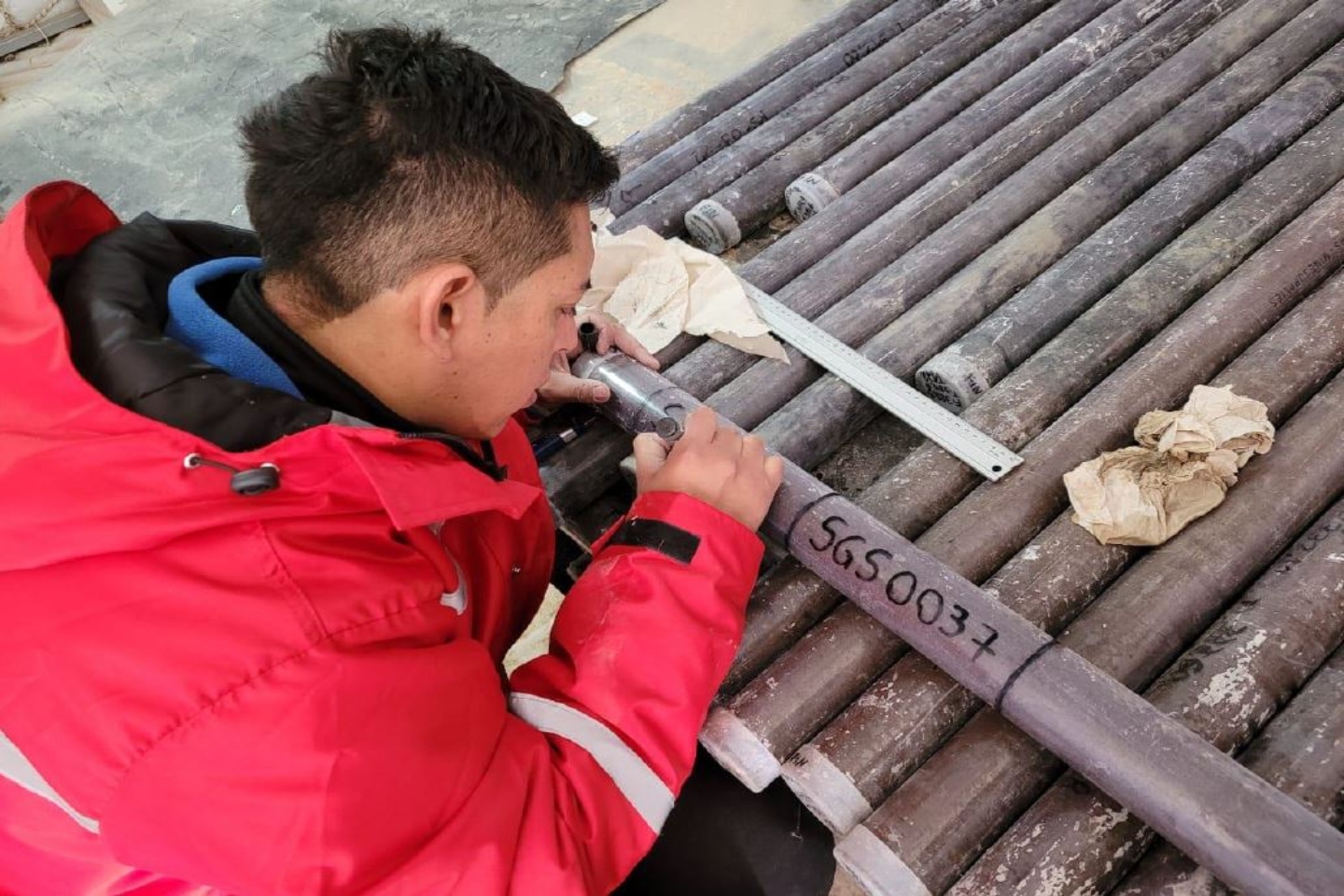Pumping tests at Galan Lithium’s wholly owned Hombre Muerto West lithium brine project has churned out a high flow rate of around 20 litres of concentrate per second and delivered robust lithium grades of up to 927 milligrams per litre. Work at a well in the operation will now launch hydraulic testing at a second pumping well to follow up on results from another bore.

Pumping tests at Galan Lithium’s wholly owned Hombre Muerto West lithium brine project in Argentina's Catamarca Province has churned out a high flow rate of around 20 litres of concentrate per second and delivered robust lithium grades of up to 927 milligrams per litre.
Management is now set to launch hydraulic testing at a second pumping well in the Pata Pila region and follow up on results from another bore in the proximal Rana de Sal area of Hombre Muerto West, or “HMW”.
Results from test work at Rana de Sal yielded a steady flow of brine fluid at 20 litres per second and delivered an average grade of about 945 milligrams per litre over 72 hours. Hydraulic testing at the bore is now ongoing with a 30-day program earmarked.
The tests are crucial elements in the operational and commercial success of a lithium brine project and provide critical information on the behaviour of an aquifer during the extraction process.
Strong and consistent lithium grades in a pumping test suggest the potential for the battery metal to be abundant in an underground aquifer.
The company plans to feed the data from its evaluations into an end of year definitive feasibility study and says the bumper results call for an increase in production parameters to be incorporated in the review.
Galan previously stated the test work is aimed at siphoning project-critical data into a reserve model helmed by mining consultancy group SRK Australia.
Management also sunk two exploratory diamond holes at Rana de Sal, further up the gradient of current test work in the zone. Both holes intersected thick sedimentary packages with lithium grades as high as 1,035 milligrams per litre.
googletag.cmd.push(function() { googletag.display('bn-dfp-article-lb2-advert'); });Meanwhile another 155m exploratory hole at the project’s Casa del Inca tenement area struck a sequence of potentially high porosity sediments. The probe was aimed at testing the hydrogeological extension of a brine reservoir between a sedimentary structure at Pata Pila and Casa del Inca.
The brine was previously outlined by surface resistivity surveys.
The company is now looking to further exploration at the nearby del Condor area. Management says it will use the bore to boost its confidence in the area ahead of a resource update.
Galan Lithium's Exploration Manager, Alvaro Henriquez, said:“These results are great news from both an underlying geological, and resource confidence, point of view. We have demonstrated a high production capacity with the completion of the first long-term pumping test at Pata Pila, as well as extending the reservoir quality throughout the main alluvial deposits on our tenements with the latest exploration well intercepts. These outcomes provide further validation of the world-class nature of the HMW Project and its planned development.”
The company is also performing ongoing laboratory testing of core samples collected from drilling at HMW.
Earlier results suggested the ground’s medium-to-fine-grained lithologies could host a significant brine.
There are multiple methods of acquiring lithium however two of the more popular techniques include the hard-rock mining of the mineral spodumene or its extraction from saline bodies of groundwater enriched in dissolved lithium known as ‘brines’.
Argentina contains the world’s largest lithium brine resources and is one of the minerals largest producers.
Is your ASX-listed company doing something interesting? Contact: matt.birney@businessnews.com.au
















